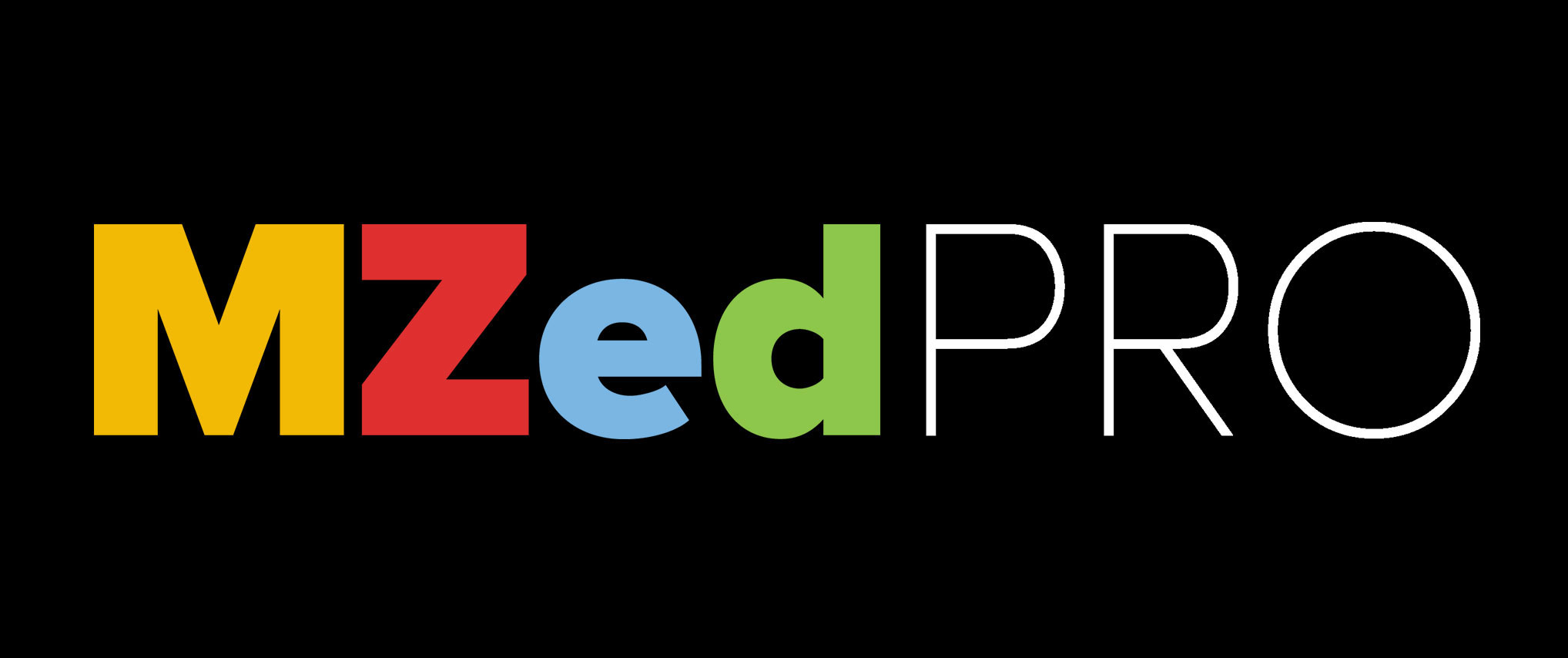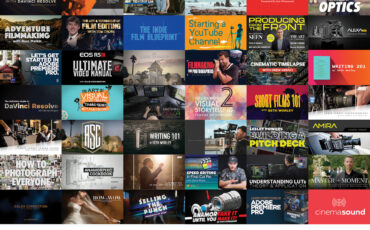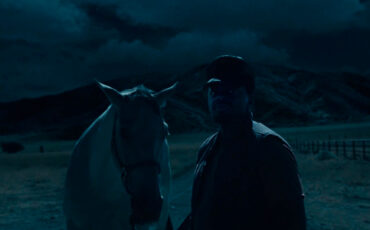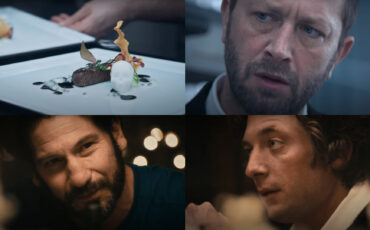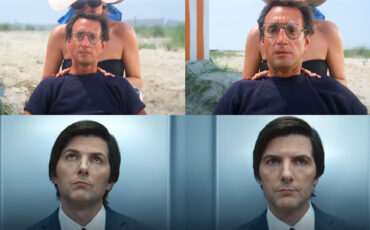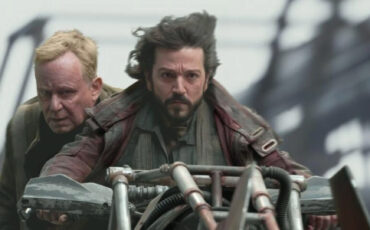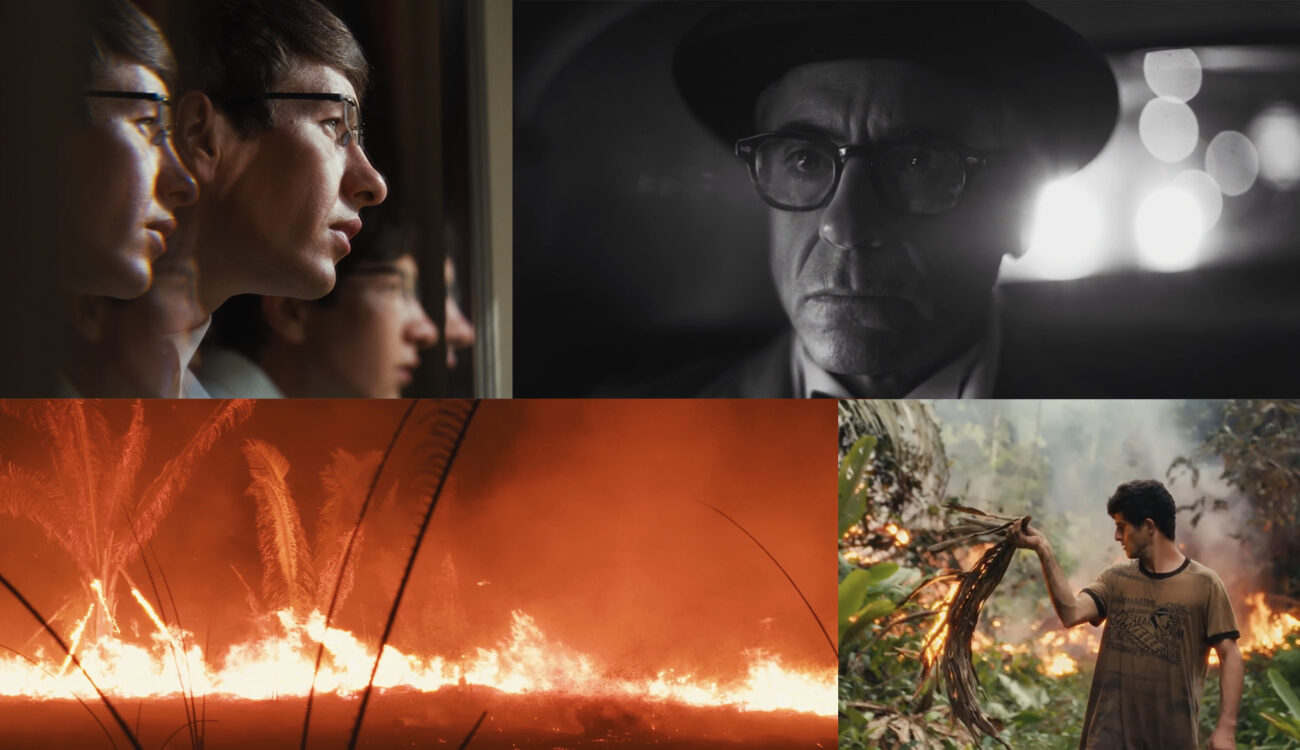
In the middle of the award season, everything seems to be revolving around the magic of moviemaking. Long-awaited premieres finally come to the theaters, actors shine on red carpets, and industry professionals generously share insights from their latest films. In this spirit, we have added a bunch of fresh ASC Clubhouse Conversations on MZed.com.
Some of them let us peek behind the scenes of current Oscar nominees – such mastodons as “Oppenheimer” or “Poor Things”. Others feature the newest seasons of beloved shows like Star Wars’ jewel “The Mandalorian”. There are even conversations about movies that are so fresh they haven’t been released in some countries yet (“The Zone of Interest”, for example). What unites all of the new episodes, though, is that they offer immense filmmaking knowledge from renowned cinematographers. And you can watch them right now for free!
Over 150 ASC Clubhouse Conversations on MZed
I know I keep saying this, but I genuinely believe it to be true: One should never stop learning if one wishes to become better. You can only benefit by watching films (new and old), breaking down your favorite scenes, and taking a closer look at different techniques and approaches. That’s exactly what the format of the ASC Clubhouse Conversations is all about.
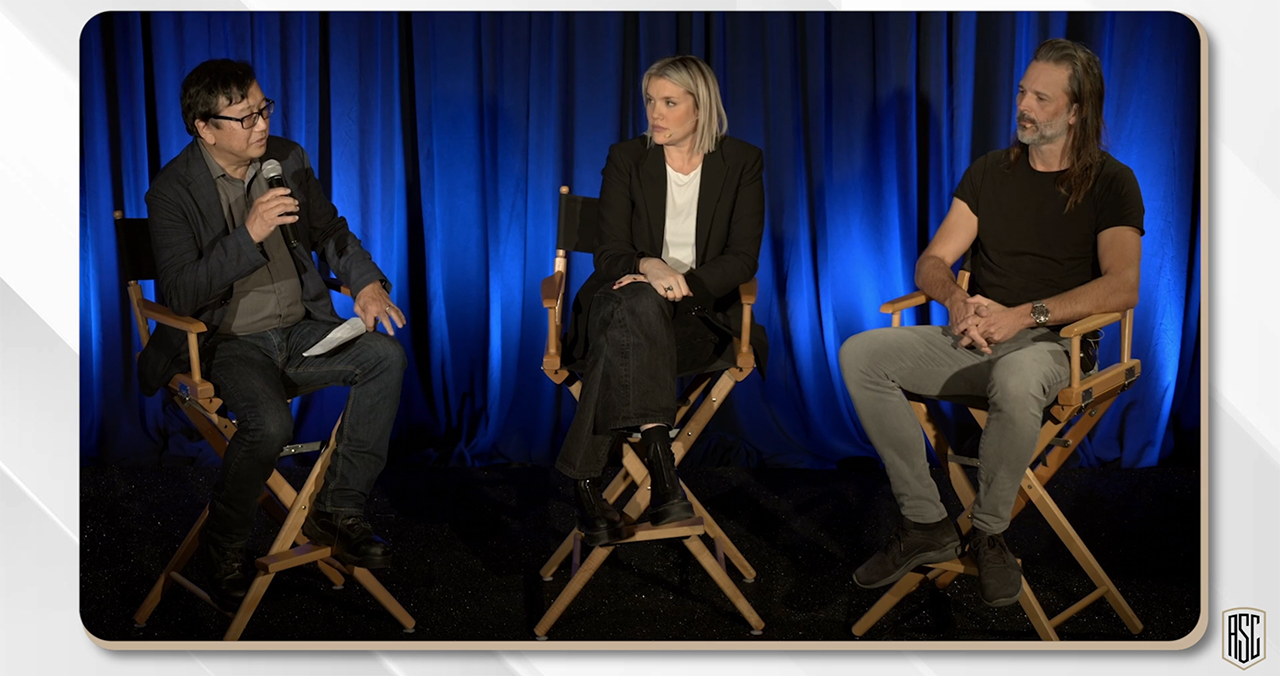
In each episode, different members of the American Society of Cinematographers host hour-long talks with active filmmakers. Together, they discuss the creative process and sources of inspiration, analyze the latest work of their guests, and look at specific scenes and technical challenges. Our collection on MZed has already reached 153 episodes with the ASC conversations stretching over 160 hours full of tips and insights. Watching them, you can learn, for example, how to make tricky transitions between shots like in “Euphoria”, or explore the original ways of lighting day-for-night from “Nope”. At times, even listening to the personal stories and realizing that the great Hoyte van Hoytema also used to sit on a couch, not knowing what to do with his life, can be very supportive. (Well, at least, this thought supports me).
So what can you expect from our new episodes?
Two storylines of Oppenheimer
One of our recent additions is the ASC clubhouse conversation on “Oppenheimer”, the latest cinematic child of Christopher Nolan, and as previously mentioned, Hoyte van Hoytema. The historic feature about the “father of the atomic bomb” made a big buzz last summer. Today, it leads the Oscar race with 13 nominations in total, including one for Best Cinematography.
In the talk, Hoyte explains the immense importance of close-ups in this character-driven piece, and why it was such a special challenge for both actors and crew (spoiler: a huge IMAX camera might have been involved). Also, he talks about the use of color and black-and-white film.
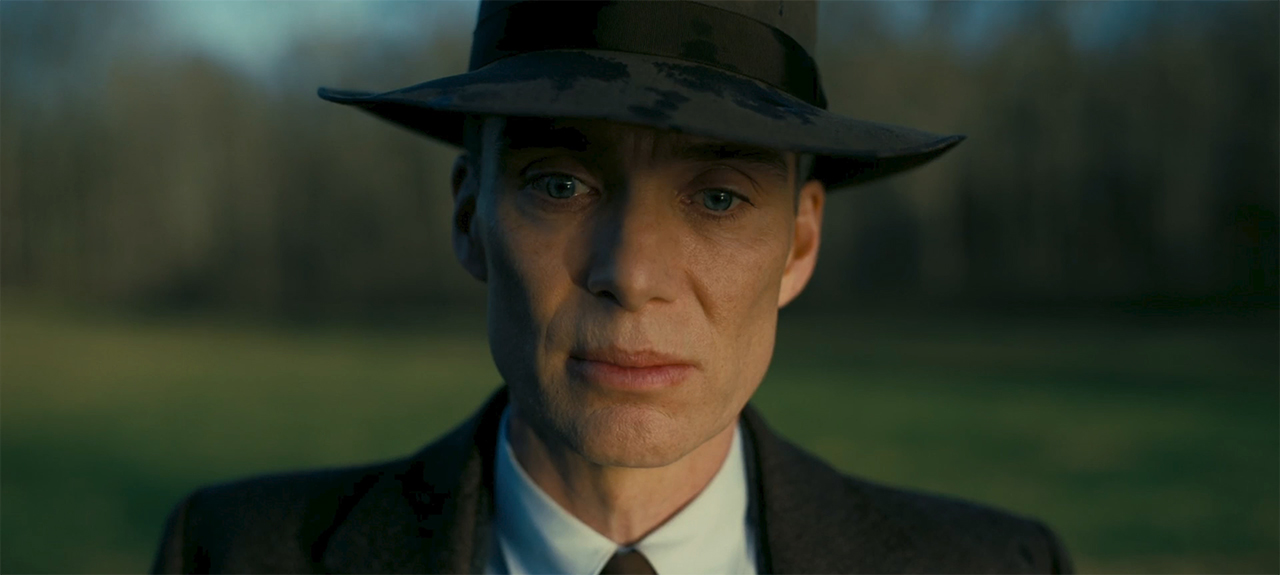
Film stills from “Oppenheimer” by Christopher Nolan, 2023 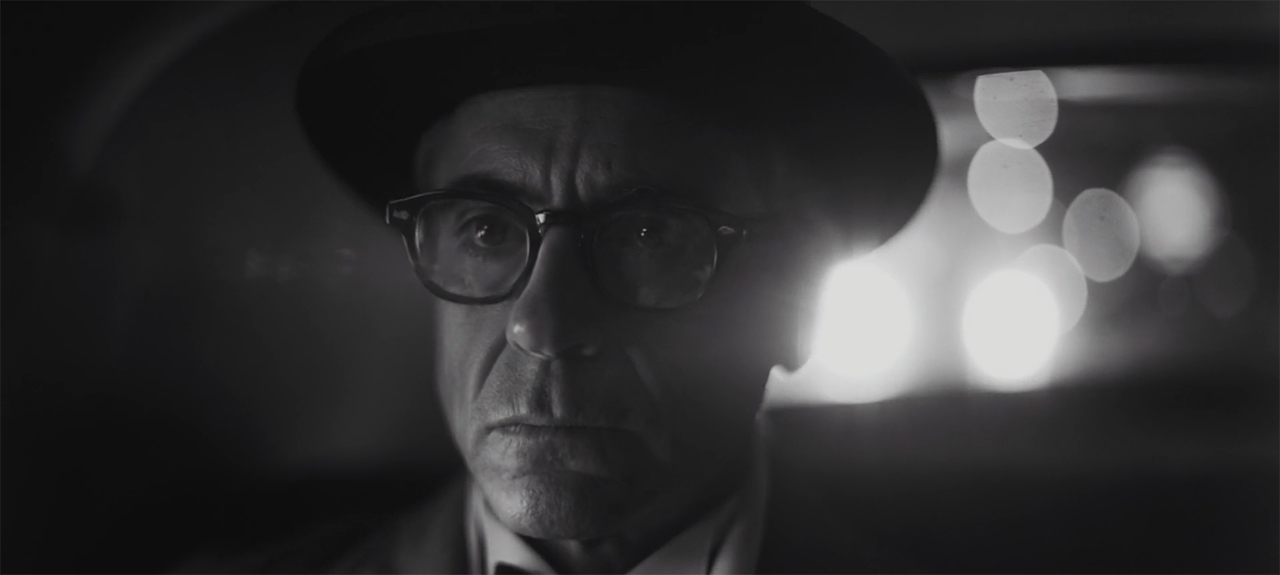
Interestingly enough, this visual division emerged in the script phase. Christopher Nolan wrote two timelines that are interwoven. The first one is called “Fission” and it should transmit a more subjective perspective of J. Robert Oppenheimer and his invention, playing out in color. The black-and-white “Fusion” story follows the viewpoint of Lewis Strauss. Hoyte explains that they wanted to support this shift between perspectives physically and make it easier for the audience to follow. At the same time, production-wise, it wasn’t a simple task at all. To shoot black-and-white in analog required help from the Kodak lab and the development of a special stock. Want to find out what happened as a result? You can learn that from the conversation on MZed.com.
Developing a visual approach to ‘The Territory’ documentary
If you are more into documentaries – there’s good news for you: the ASC clubhouse conversations cover them as well. For example, among our added episodes you will find a talk with cinematographer Tangãi Uru-eu-wau-wau and director Alex Pritz about their National Geographic doc “The Territory”. This impressive and deeply emotional work is centered on the Uru-Eu-Wau-Wau people’s struggle to protect their native land in the Amazon Rainforest against encroaching forces.
For Alex, it was his first feature film, and he shared in conversation how his visual approach changed throughout the process. Initially, he aimed to distinguish the filming styles used with the indigenous community from those used when filming with the settlers. Alex’s idea was to represent their different ideologies in camera movements and lens choices. For instance, in the Uru-Eu-Wau-Wau sequences, they started shooting with wide primes, mostly handheld, whereas the settlers’ story was supposed to be told through longer lenses, less chaotic, and with rather mechanical movements (using a tripod and Steadicam, for example).
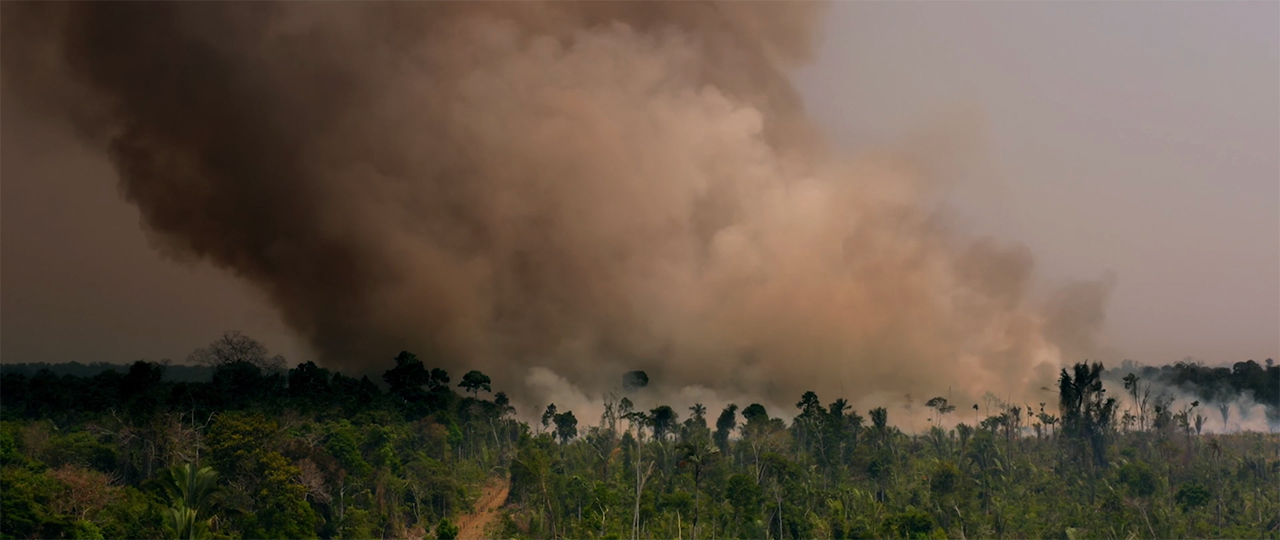
Film stills from “The Territory” by Alex Pritz, 2022 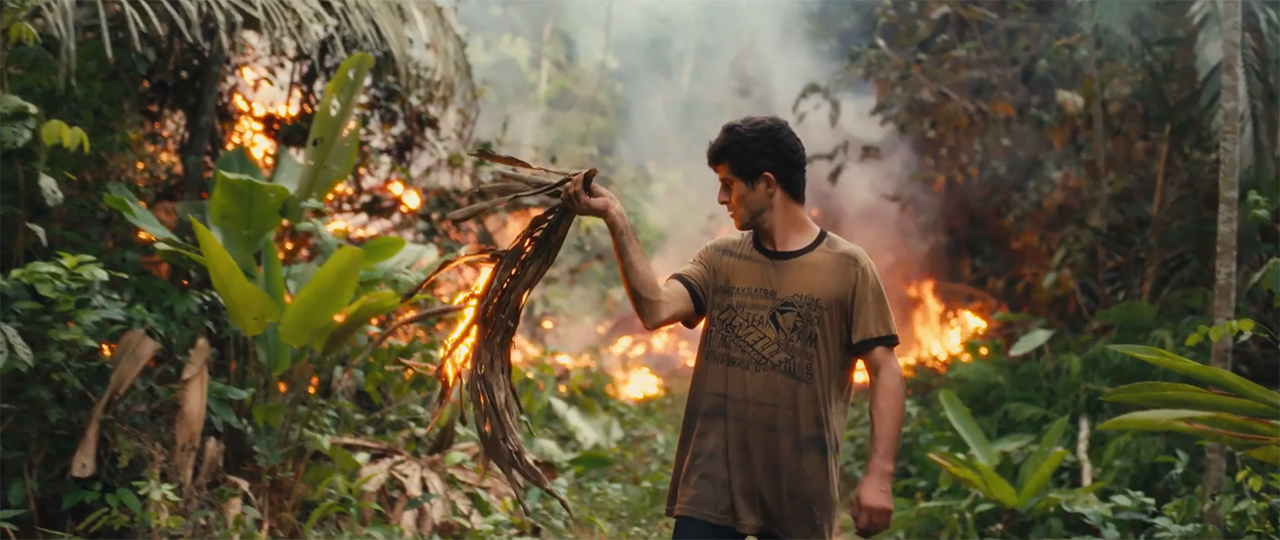
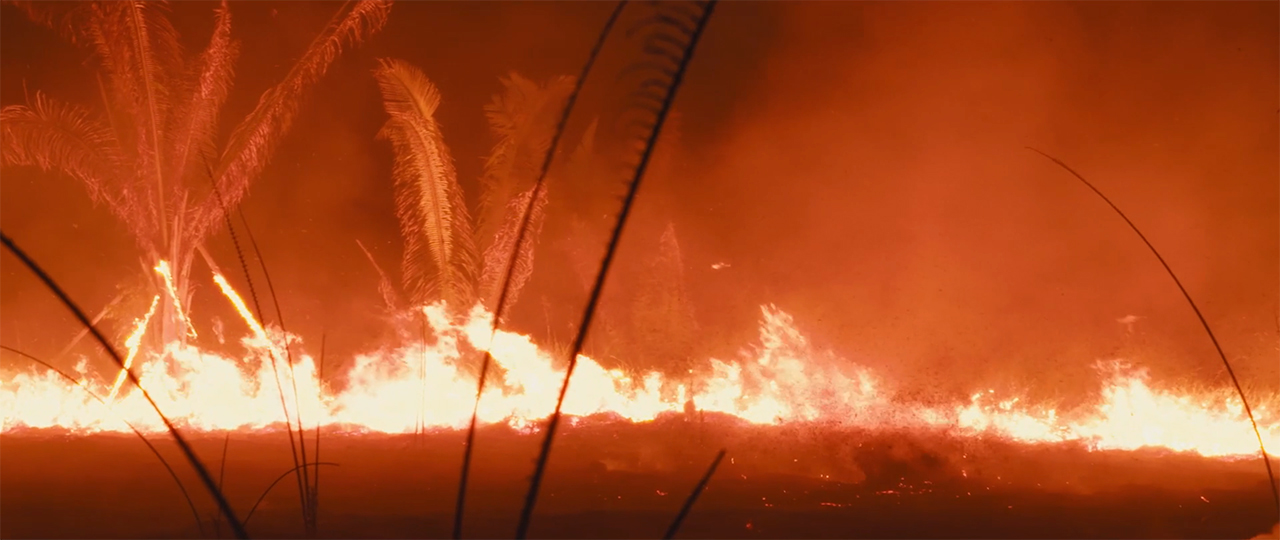
However, as you may see in these stills with the forest fires, at some point it got mixed up. First, out of necessity, because they couldn’t always take a tripod on 7-hour hikes. Then, because of the storytelling. They had to pull back on sequences like this to communicate the bigger picture. Although “The Territory” follows particular people in a specific region who have a real conflict, it’s representative of what’s happening across the entire Amazon. So, filmmakers had to find shots and framing that would help the audience make this important emotional connection. In my opinion, they nailed it.
The oppressive beauty of Saltburn
What’s great about our new additions to the ASC Clubhouse Conversations on MZed is that they feature the latest films, which are still the current topics under discussion. In addition to the attention-grabbing Oscar nominees, the episodes also feature other favorites among the audience that didn’t make the cut. For instance, the black comedy thriller “Saltburn” by Emerald Fennell. This Gothic drama about an odd loner’s summer-long stay at an aristocratic fellow student’s estate got mixed reviews. Some critics found it genius; some didn’t like it at all. I believe, though, we can agree on one thing – it’s undeniably beautiful cinematography.
However, the first point that Saltburn’s DP Linus Sandgren makes in the interview is that no matter how beautiful a picture is – every frame, every camera move, and in general, every visual choice should be an emotional one. Together with the writer-director Emerald Fennell, they explain the decision behind an unusual 1,33:1 aspect ratio.
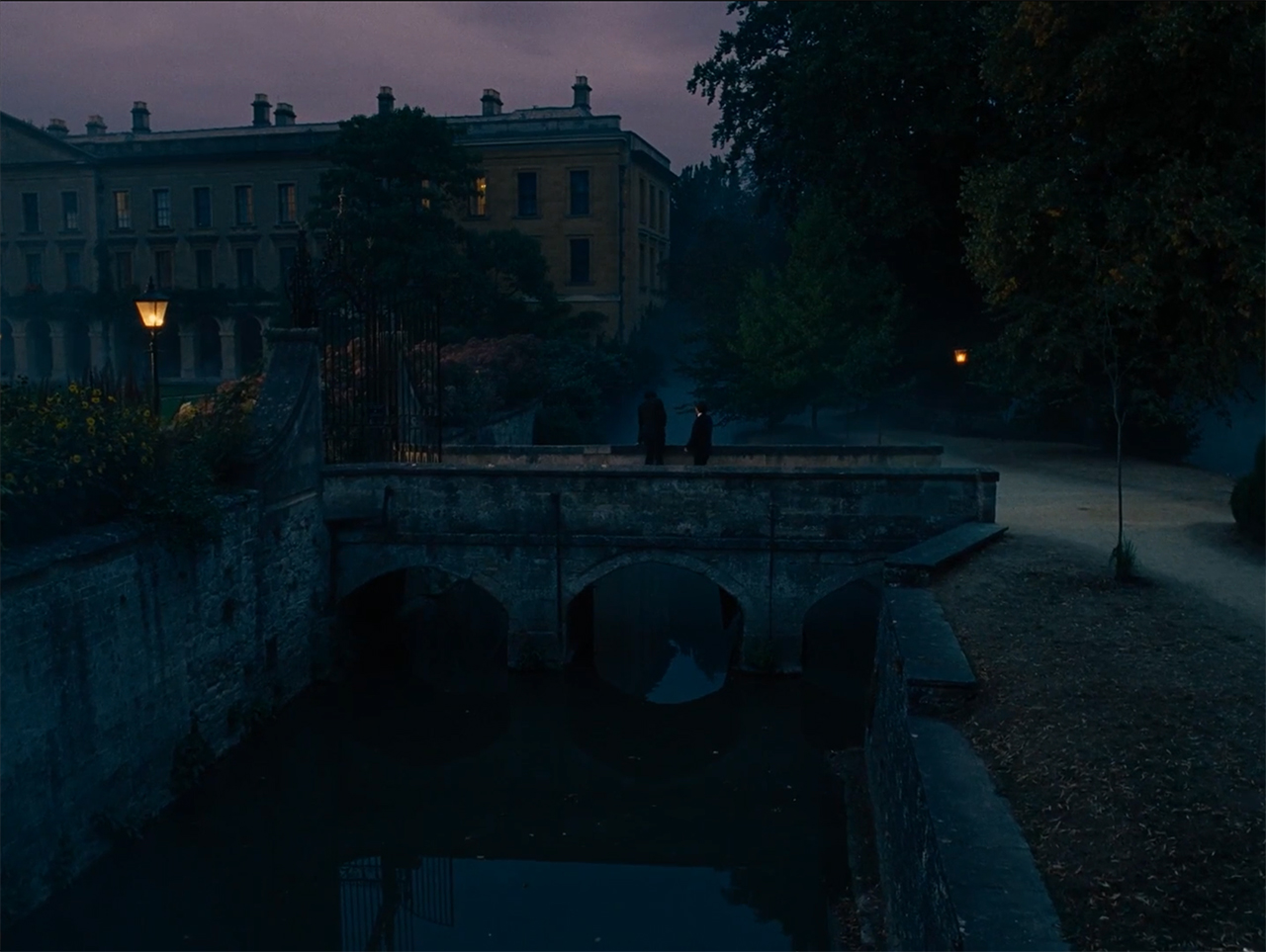
Film stills from “Saltburn” by Emerald Fennell, 2023 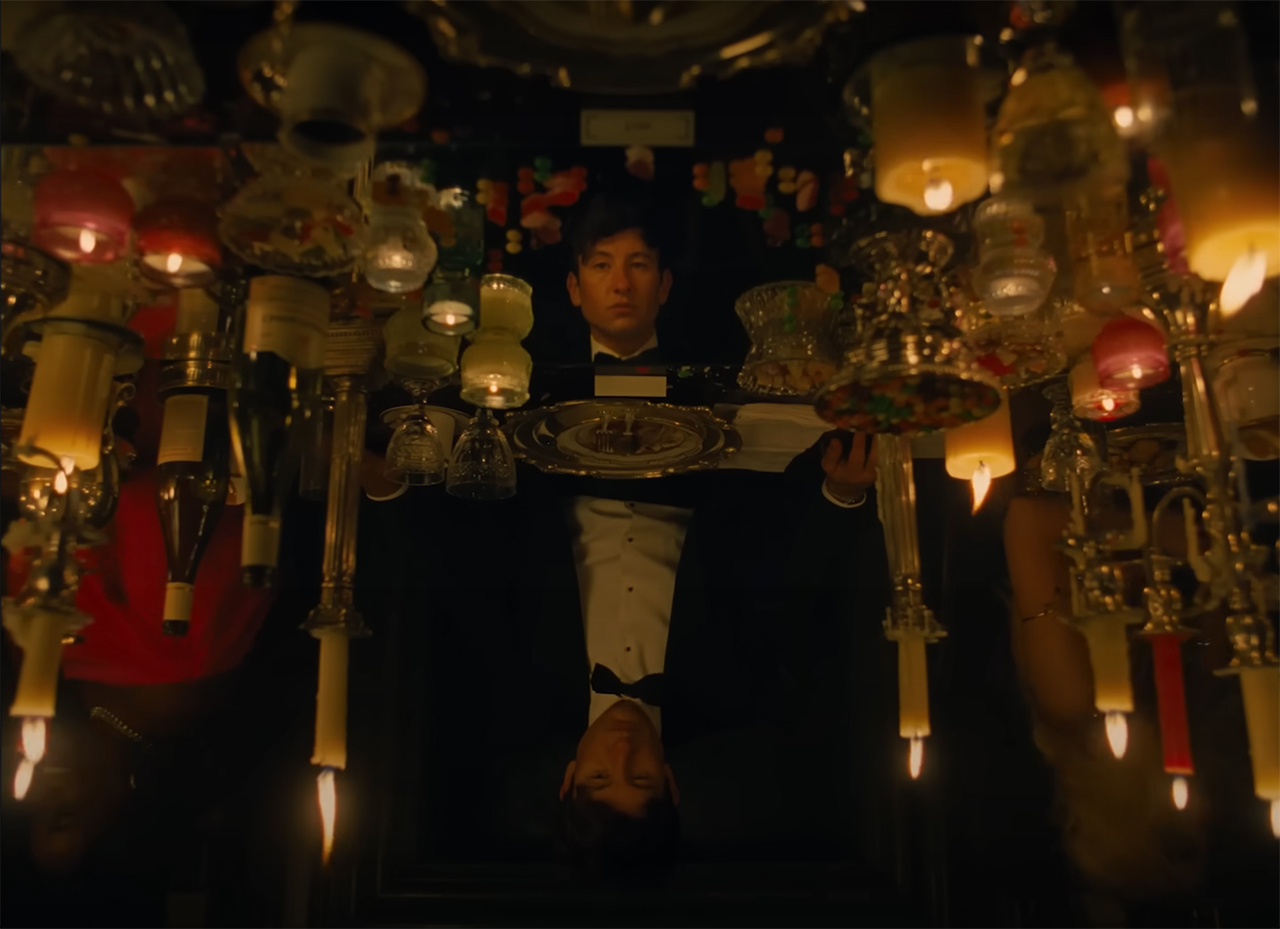
First of all, this almost square screen makes us feel as if we’re looking into a doll house, and that’s exactly the idea the creators wanted to achieve. Secondly, it allows the shots to have a lot of headroom and support the tall, square form of the estate. The house is an important character in this story, and the unusual aspect ratio emphasizes its oppressive presence. Linus and Emerald exchanged a lot of reference paintings at the beginning of this project, and most of them were portraits, not landscapes. Naturally, this also influenced their decision.
And other ASC Clubhouse Conversations on MZed
While it’s thrilling to get a glimpse behind the scenes of various films, covering all the insights in one short article is an impossible feat. In-depth conversations like these deserve to be experienced in their entirety, especially if you take into account the wide range of cinematic works our new additions feature. Bizarre “Poor Things”, deeply intimate “All of Us Strangers”, hilarious “The Marvelous Ms. Maisel” (its grand finale), incredibly popular “Barbie”… and the list goes on and on.
See for yourself! Here you can find the whole collection of the ASC Clubhouse Conversations on MZed (both the new and the old ones). To watch the newest episodes for free, you only need to sign up. Have fun and take away plenty of insights!
What else do you get with MZed Pro?
As an MZed Pro member, you have access to over 500 hours of filmmaking education, including The ASC Clubhouse Conversations. Plus, we’re constantly adding more courses (several in production right now).
For just $30/month (billed annually at $349), here’s what you’ll get:
- 55+ courses, over 850+ high-quality lessons, spanning over 500 hours of learning.
- Highly produced courses from educators who have decades of experience and awards, including a Pulitzer Prize and an Academy Award.
- Unlimited access to stream all content during the 12 months.
- Offline download and viewing with the MZed iOS app.
- Discounts to ARRI Academy online courses, exclusively on MZed.
- Most of our courses provide an industry-recognized certificate upon completion.
- Purchasing the courses outright would cost over $9,500.
- Course topics include cinematography, directing, lighting, cameras and lenses, producing, indie filmmaking, writing, editing, color grading, audio, time-lapse, pitch decks, and more.
- 7-day money-back guarantee if you decide it’s not for you.
Full disclosure: MZed is owned by CineD
Join MZed Pro now and start watching today!
What about you? Have you watched the ASC Clubhouse Conversations? What was the most exciting thing you learned from them? Please, share it with us in the comments below!
Feature image source: a collage of the film stills from “Saltburn”, “Oppenheimer”, and “The Territory”.
